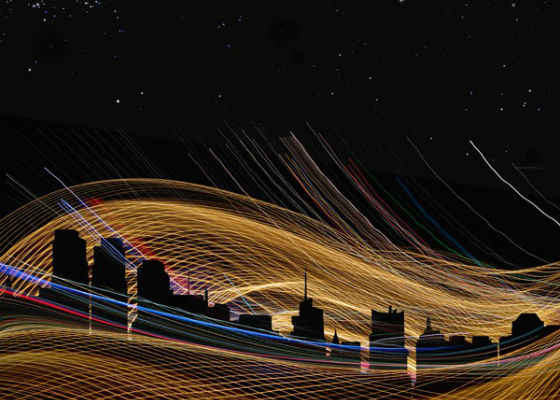Leveraging Internet of Things with advanced analytics

In this digital era, as the Internet of Things matures and takes on new dimensions, businesses can no longer simply deploy a data warehousing solution and rely on daily reports to make timely decisions.
 Survey
SurveyFor instance, to optimize flight paths, airline companies want the location data of their aircraft together with weather and air traffic data in real time. To minimize losses in transit, heavy engineering companies want to monitor the status of their high-value equipment in real time. These and other such demands cannot be met with traditional analytics approaches and technologies.
With the volume, variety and velocity of data increasing at a phenomenal rate, especially from intelligent and interconnected devices in the IoT ecosystem, businesses need real-time and meaningful reporting on all aspects of their business.
In the future, we will see business move embracing new analytics technologies to meet a wide variety of needs, such as:
- Fighting gang crime
- Predicting crowd behavior during major events
- Becoming a carbon-neutral, energy-efficient and well-connected city
- Ensuring higher safety levels within a city
- Monetizing in-flight or in-vehicle (for example, car or truck) services
- Minimizing unplanned or extended hospital stays.
But to do this, you must first be aware of all your data-structured and unstructured-from all sources-machine and non-machine. What if you don’t know what data you have?
Identifying your 'dark' data and harnessing it
Businesses and governments have not been able to make full use of all the data sitting in their systems, because they lack the deep skills needs to tap into it.
This problem is likely to only get worse, as businesses and governments start to consider additional sources of data such as machine and sensor generated data to drive analytics. Today, companies are under tremendous pressure to provide real-time personalized services to their customers (for example, customized premiums for car or health insurance) and reduce unplanned downtime (due to equipment failure, for instance).
To meet these expectations, businesses will need analytics tools that can gather and analyze huge amounts of sensor data, develop analytics algorithms, generate business insights, predict the possible outcomes of a particular action, and much more.
For instance, prior to smart meters, power utilities did not have precise data with respect to the power consumption patterns of households. As a result, utilities were not in a position to segment their customers based on power usage and tap into opportunities to divert excess power to other users in the same area. Following the installation of smart meters and supporting technologies, utilities are able to do far more than ever before with power consumption data-from creating new services and products to improved customer service.
Cloud-based analytics
Deploying architectures based on parallel processing requires professionals with deep technical expertise. Many cloud providers and traditional software vendors offer their solutions as managed services on the cloud. For example, Microsoft Azure has specific products to help businesses quickly deploy IoT use cases.
Managed services such as Event Hub, Stream Analytics, Azure Machine Learning and Power BI reduce the time to market for IoT applications. Additionally, they help businesses run pilots before full-fledged implementation of a use case.
System integrators are leveraging Platform-as-a-Service offerings from cloud vendors to provide specialized IoT applications for various industry verticals. Undoubtedly, we are headed in the direction where everything will be offered as a service.
Edge analytics
As hardware is shrinking in size and becoming more and more affordable, device manufacturers are embracing the principles of edge analytics-that is, pushing as much analytics as possible close to the devices rather than collecting data and analyzing it centrally.
Open source boards
Another trend picking up speed in recent days is the advent of open source boards such as Raspberry Pi 2 for core IoT use cases. The current version of the board already packs enough power to run simple analytics algorithms and many OS platforms.
The usage of open source boards is expected to only rise in the future, and we are likely to see customized boards being released by manufacturers which specialize in data processing and analytics.
In response to this trend, software vendors like Microsoft are already making appropriate changes. For instance, Microsoft has already announced an IoT version of the Windows 10 OS, and Oracle has made available an “embedded” version of Java
As the trend of IoT becomes pervasive throughout the world economy, companies that can harness their data using these trends in analytics will be able to identify and tap new business opportunities before others. Such businesses will truly have a competitive edge in the digital economy.
Technology is constantly transforming…are you ready for the future? Find out more about being future ready here.
This article has been provided by Accenture